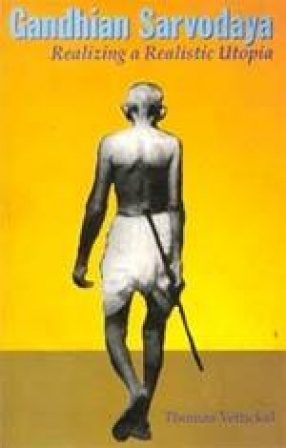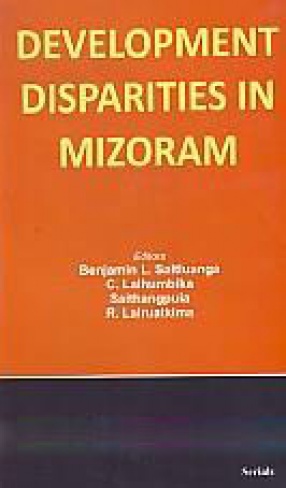The thesis of this book is to examine and explain Mahatma Gandhi’s Sarvodaya as a realistic and realizable Utopia in India of today in particular and in the world at large. Chapter one studies Sarvodaya of Gandhi from a historical perspective, namely as an ongoing vision and movement in the process of realisation. Chapter two analyzes Sarvodaya as an Utopian model for stimulating and guiding socio-historical change. The various aspects of people-oriented economy examined in chapter three show that Sarvodaya economy based on "Small is possible" and small is beautiful" is a viable economic alternative in India and a model that is relevant even for the West. Gandhi’s experiments with village-ashram being the locus of his liberative praxis, chapter four examines ashram to village as a Gandhian model, a realizing experiment of Sarvodaya. Chapter five considers Sarvodaya as continuation of the legacy mainly by Vinoba Bhave and Jayaprakash Narayan after Gandhi’s death. Sarvodaya’s close link with Indian theology of liberation and Sarvodaya’s ecological implications are discussed in chapter six. As an ongoing Utopian dialectic, Sarvodaya is being realized and yet to be realized; its realization opens up new possibilities of realization and in this sense Sarvodaya has great potential for realization and is realistic Utopia.
Gandhian Sarvodaya: Realizing a Realistic Utopia
In stock
Free & Quick Delivery Worldwide
reviews
Bibliographic information
Title
Gandhian Sarvodaya: Realizing a Realistic Utopia
Author
Edition
1st ed.
Publisher
ISBN
8121207983
Length
xviii+311p., Glossary; Bibliography; Index; 22cm.
Subjects





There are no reviews yet.